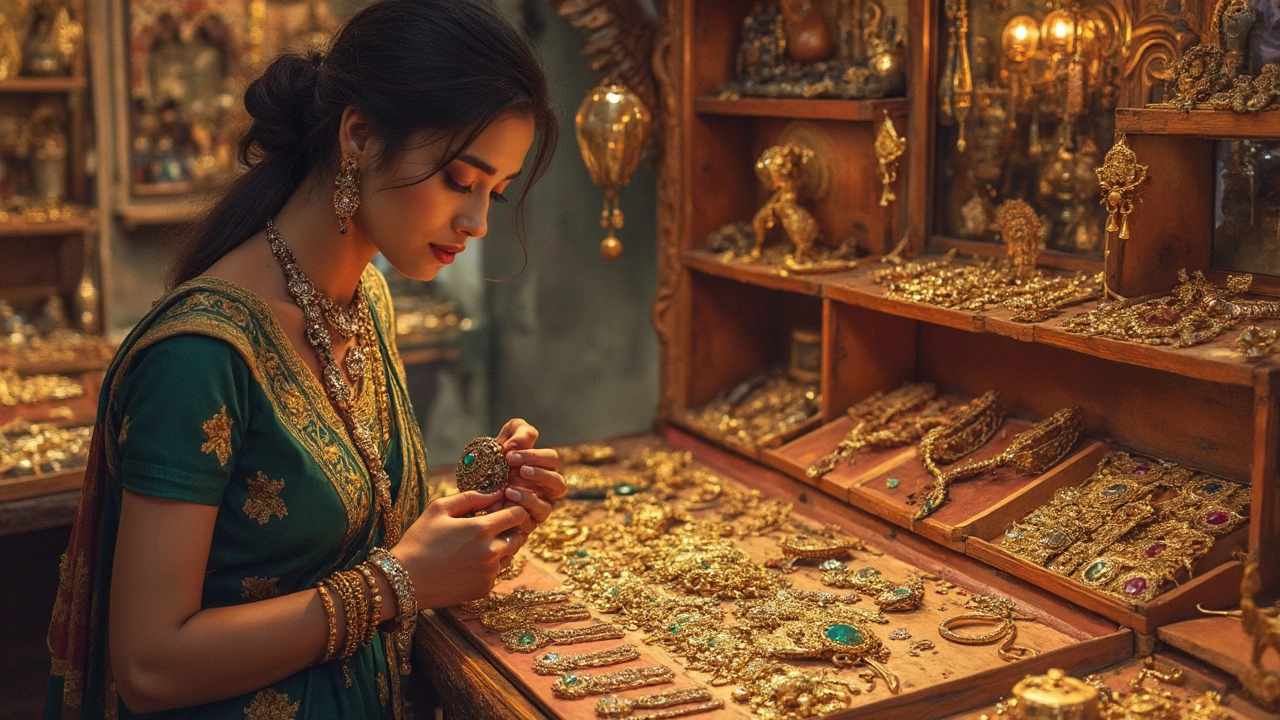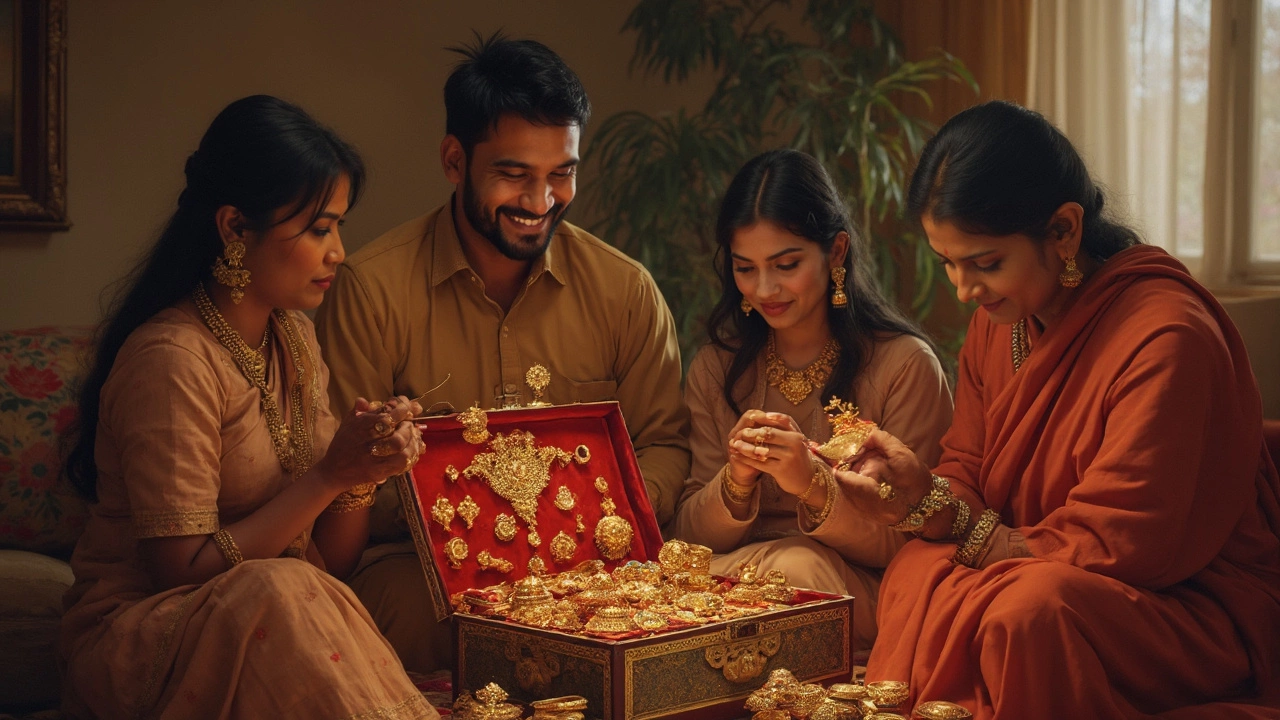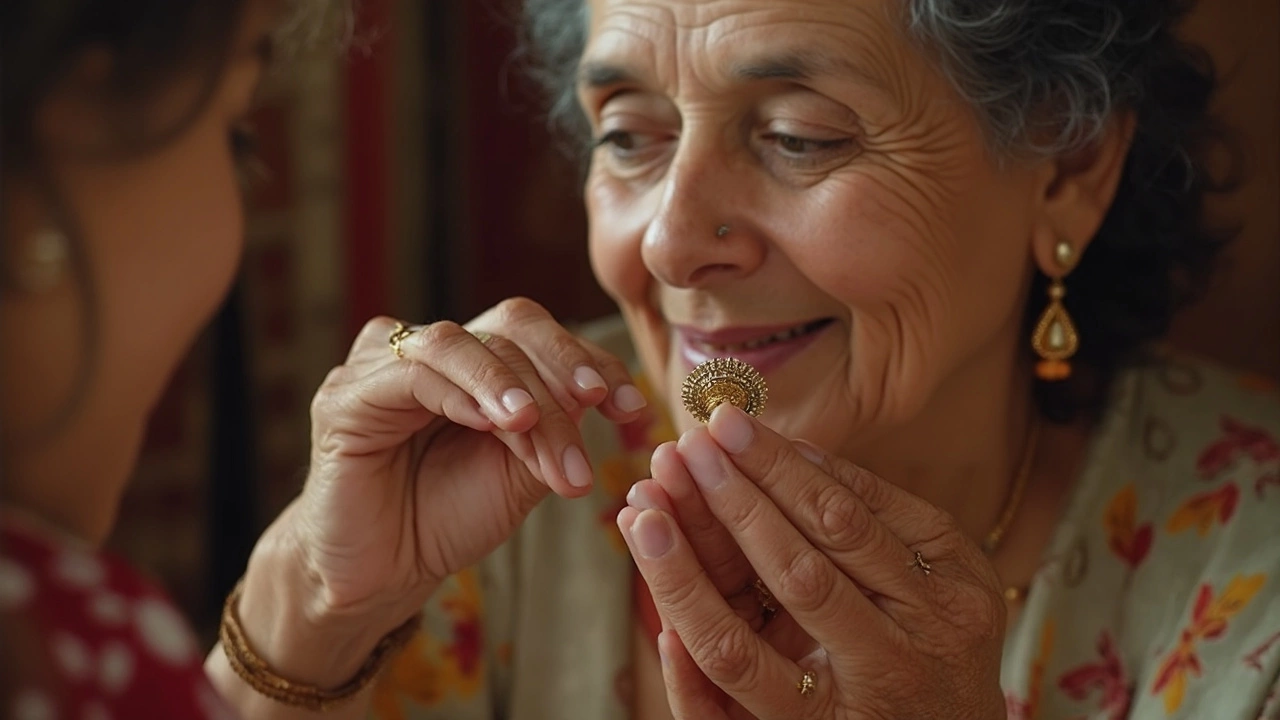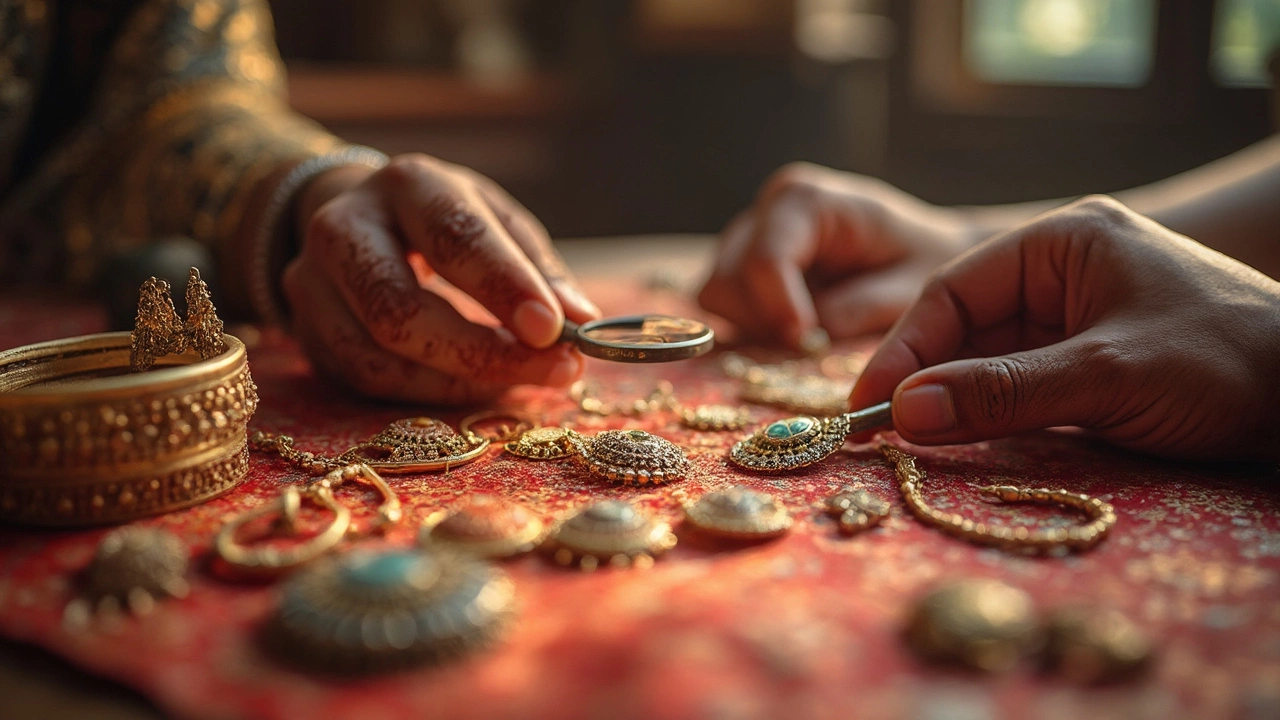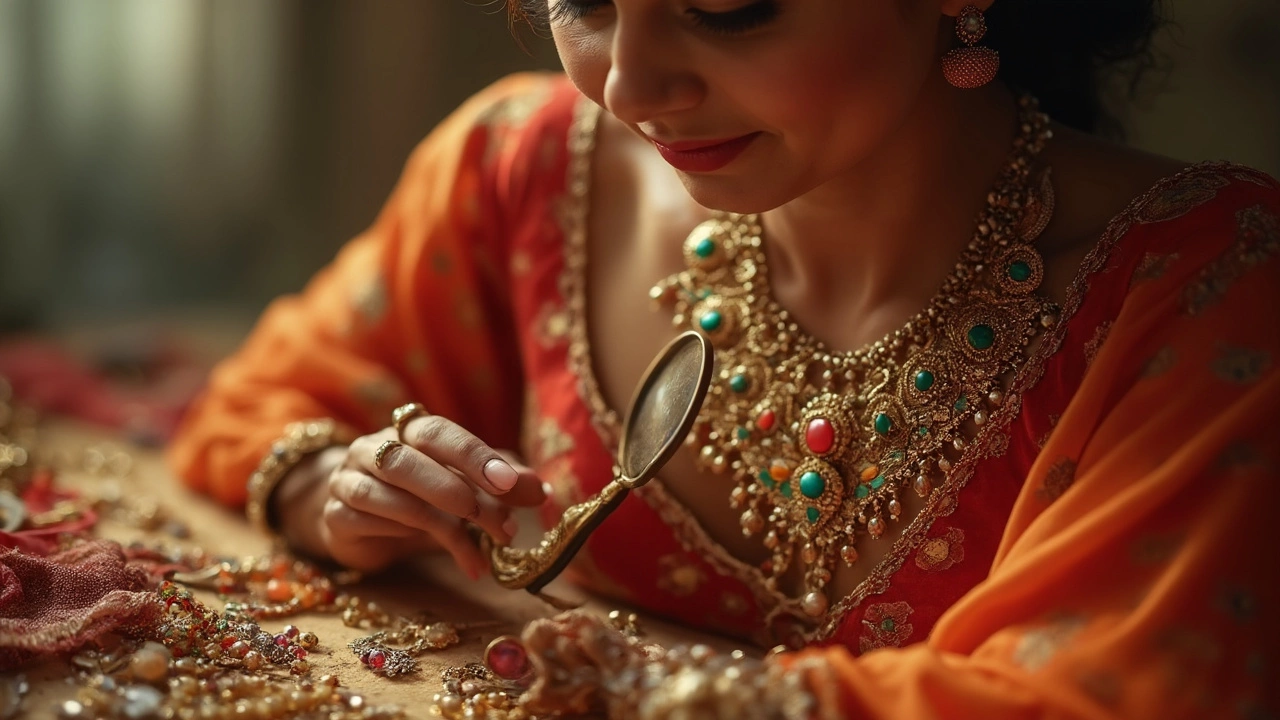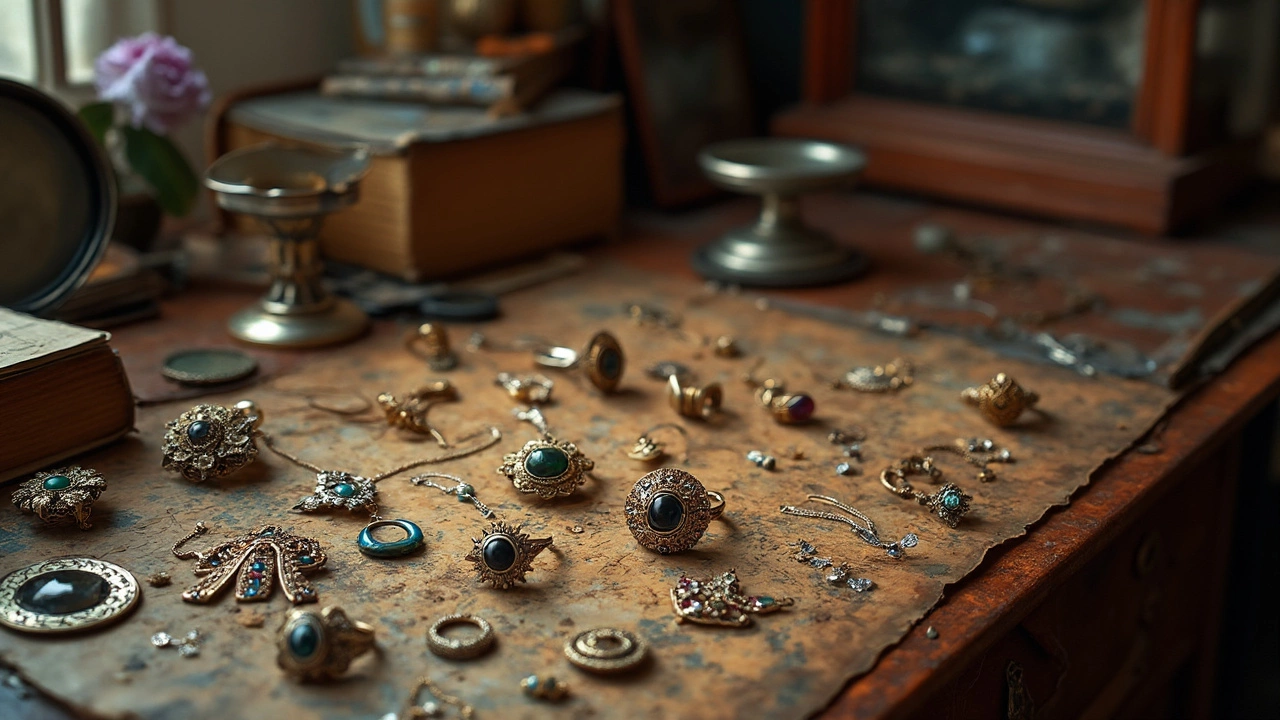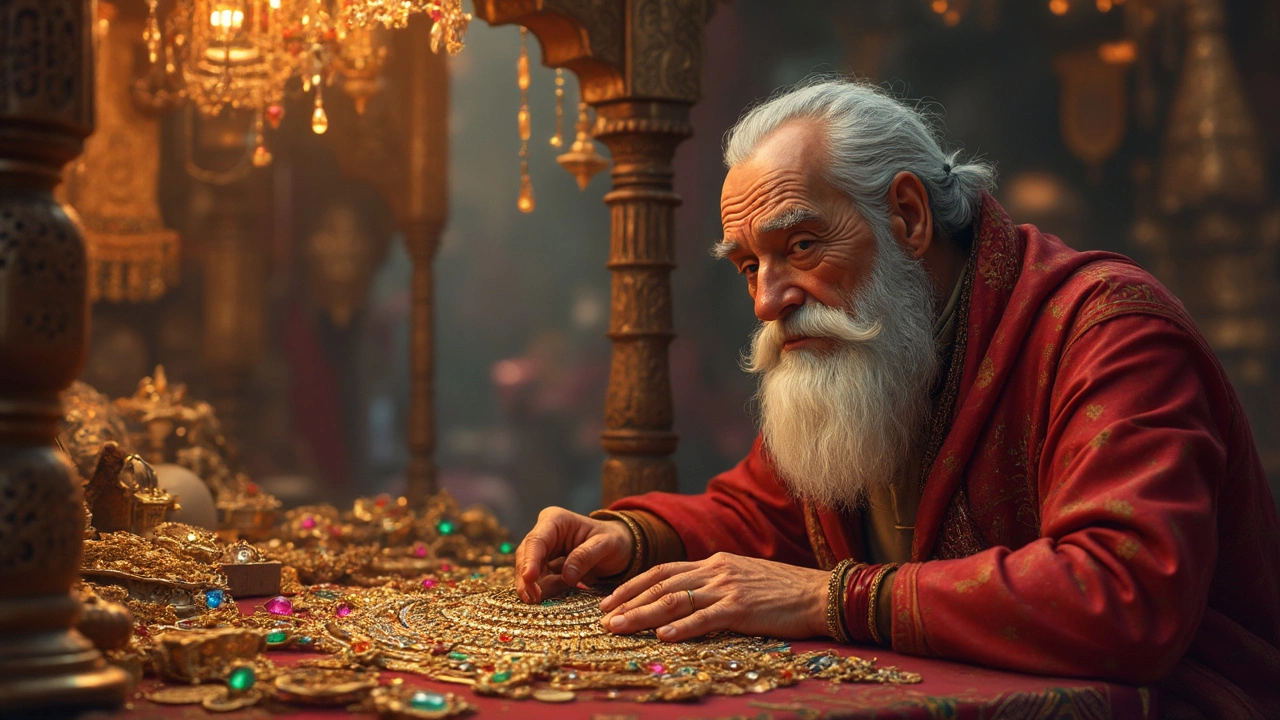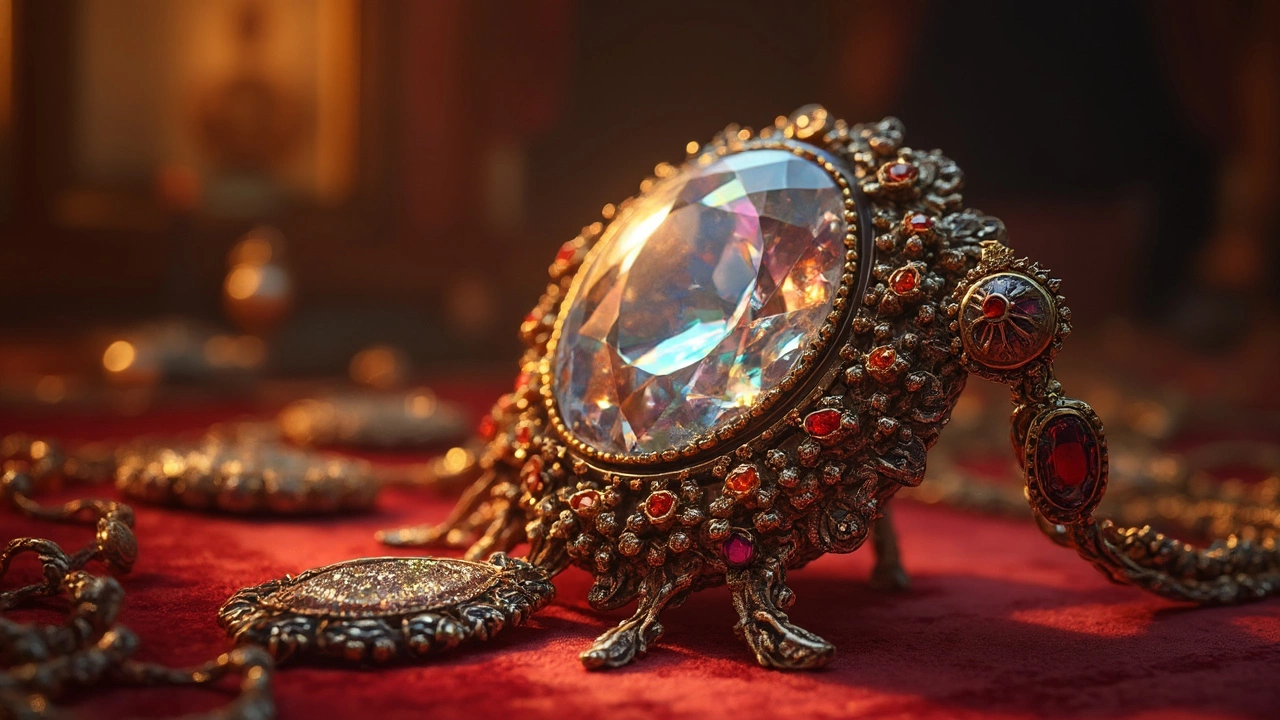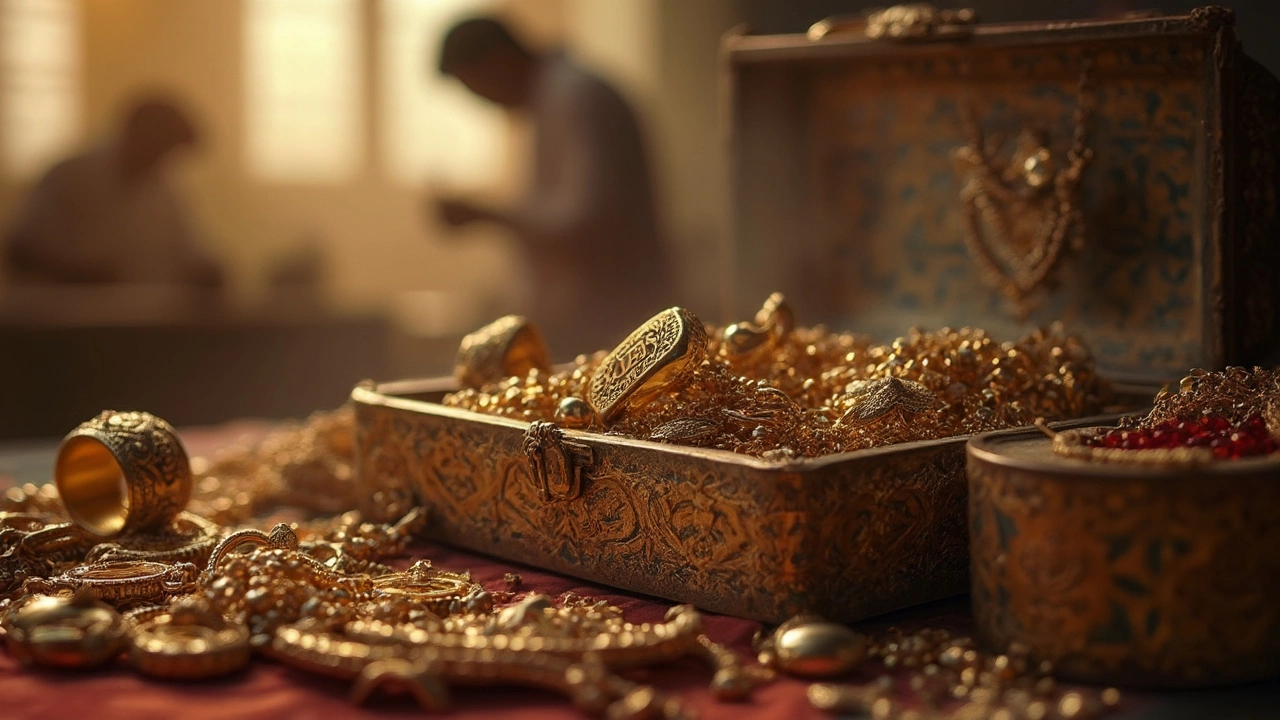Antique Jewelry: What You Need to Know Before You Buy, Sell, or Collect
When dealing with Antique Jewelry, pieces made at least a century ago that reflect historic styles, craftsmanship, and cultural stories. Also known as Vintage Jewelry, it often carries marks, materials, and designs that set it apart from modern fashion pieces. Understanding these basics helps you spot real value and avoid common pitfalls.
Key Elements That Shape Antique Jewelry Value
One of the first things collectors check is the Hallmarks, official stamps indicating metal purity, maker, and year of production. Hallmarks connect a piece to its origin, and they directly influence its market price. Another crucial factor is Jewelry Appraisal, a professional assessment that evaluates condition, rarity, and historical significance. A reliable appraisal can turn a family heirloom into a solid investment. You’ll also hear about Silver Marks, such as the 833 or 825 stamps that tell you the exact silver content – knowing these numbers helps you gauge authenticity and resale potential. Finally, the concept of Antique Value, the combined worth derived from age, rarity, condition, and market demand ties everything together. In short, Antique Jewelry encompasses hallmarks, requires a proper appraisal, and its value is shaped by metal marks and collector interest.
Below you’ll find a curated list of articles that dive deep into each of these topics. From quick checks that reveal whether a brooch might be worth a fortune, to step‑by‑step guides on avoiding scams when you sell, the collection covers practical tips, real‑world examples, and expert advice. Whether you’re sorting through grandma’s box, planning an investment, or simply love the look of historic pieces, these reads give you the confidence to make informed decisions and protect the legacy of your antique treasures.
